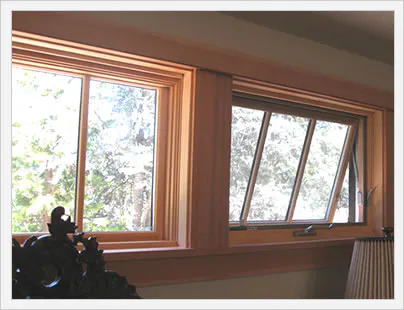Energy Star Basics
The Energy Star Program was started by the federal government back in the 90s as a way to help create more energy efficient appliances and other home durable goods. Over time, it has expanded to thousands of home related products that includes replacement windows and doors. All windows that meets the Energy Star requirements will carry the distinctive Energy Star sticker.



